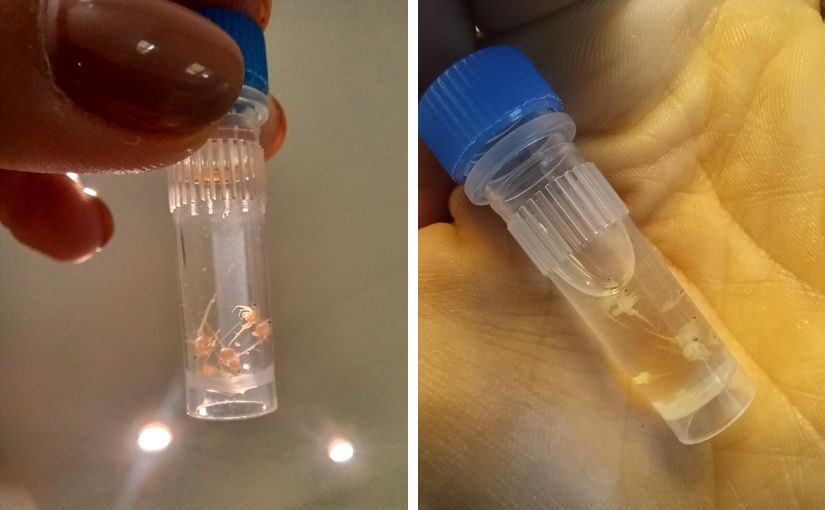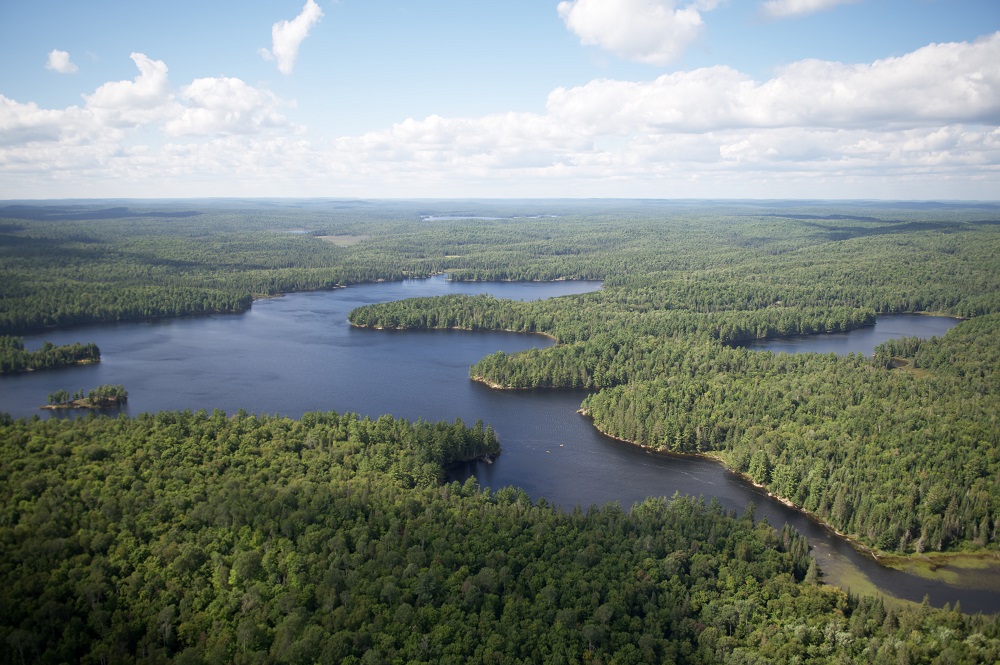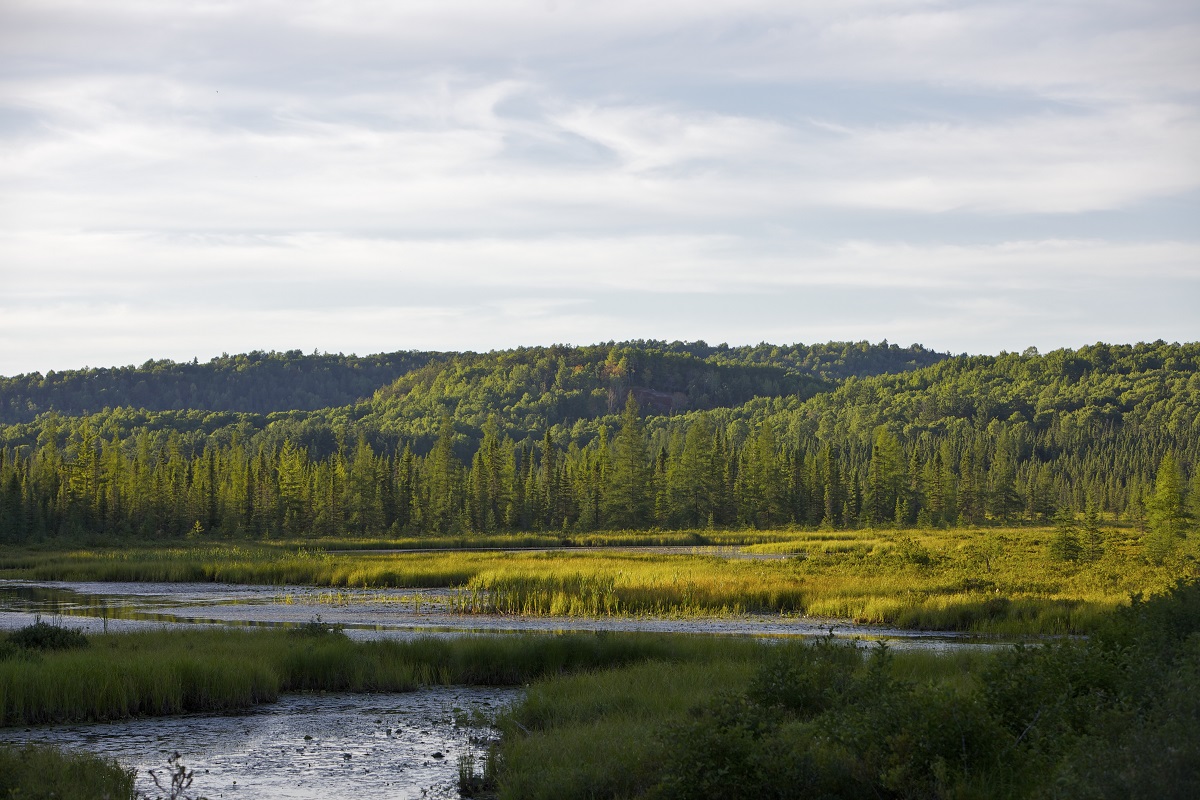This blog comes from Algonquin Provinical Park’s team of biologists and ecologists.
Algonquin is a stronghold of headwaters.
Most of our lakes are fed by cold, clean water that bubbles up from the ground. That water flows out of the park and feeds countless lakes and streams in southern Ontario.
One of the goals in establishing the boundaries of the park was to protect those headwaters…because if headwaters become compromised, so too does everything downstream.
That strategy has worked remarkably well in the park’s 125-year history.
Unfortunately, last summer we made a devastating discovery.
A new invasive species in the park
Last year, we found the highly invasive and destructive Spiny Waterflea in three big, beautiful Algonquin lakes.
It broke our hearts.
It’s the kind of discovery that knocks us back and makes us wonder what more we could’ve done to prevent this from happening. We’ll be wondering that for the rest of our lives.
This kind of discovery can’t be undone – it can’t be fixed. But it can be prevented from happening in other places.
All of us can play a part in that prevention.
For those of you who, like us, love the park – we need your help.
What is the Spiny Waterflea?
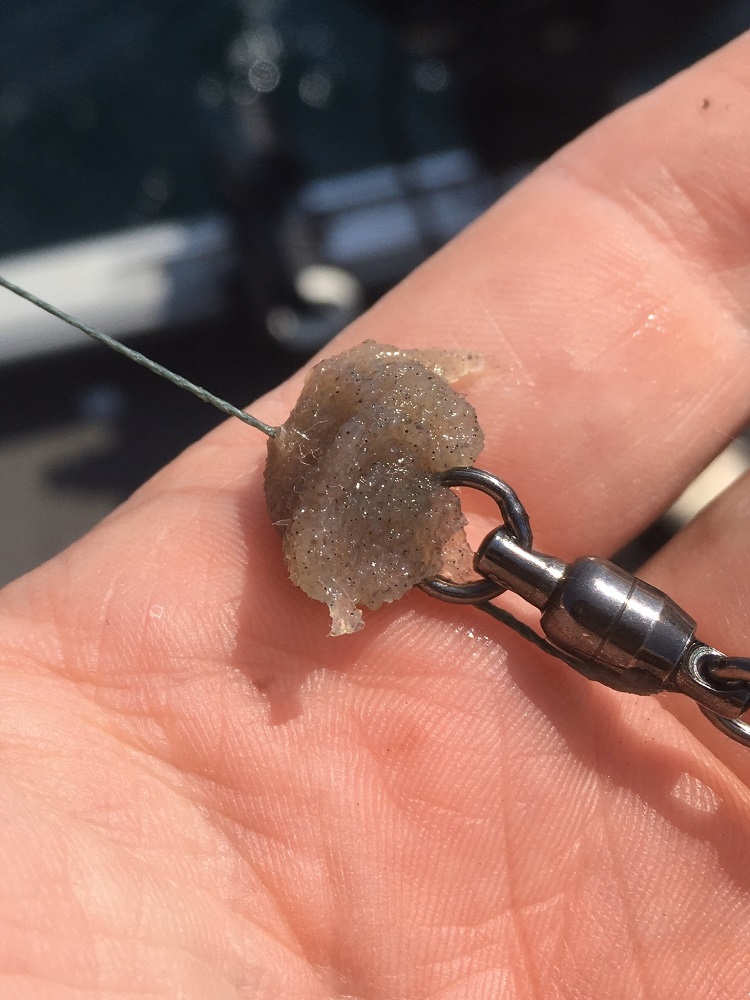
The Spiny Waterflea is a zooplankton that originates from Eurasia.
It’s just long enough to spot with the naked eye at about 1.5 cm in length.
Half of that length is its spiny protrusion that deters predation from young fish.
You can also identify them by their large black eye, or by the clumps they form with other Spiny Waterfleas.
The clumps will appear like clear or slightly greenish gelatinous masses.
The fleas, individual or en masse, can cling to fishing line, anchor ropes, or the bottoms of boats and canoes.
Coldwater ecosystems
Because Algonquin is mostly fed by groundwater, many of its lakes run deep and cold. Those are the exact conditions that species like Lake Trout and Brook Trout thrive in – two fish that draw anglers from all over the world.
Coldwater ecosystems are increasingly rare in Ontario, in part because they are especially fragile.
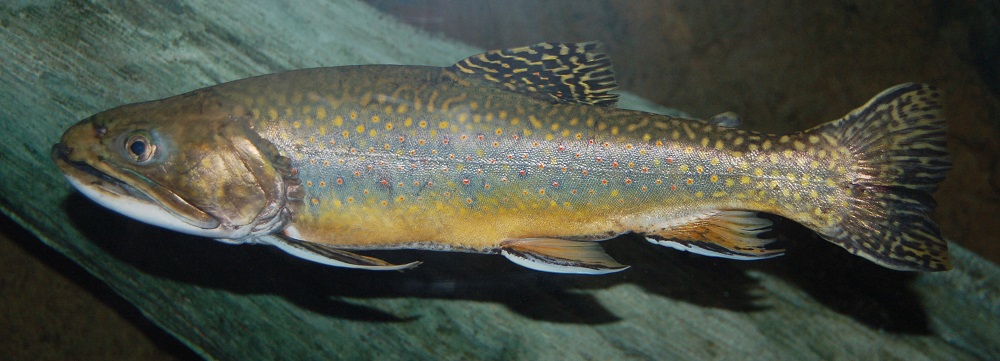
Their cold waters mean they don’t have the same biodiversity as warmer waters. And they are more susceptible to other disturbances, like climate change, over-harvesting, and invasive species.
Impact of Spiny Waterflea
Spiny Waterflea has been shown to reduce the abundance and size of top-predators.
Disturbing the population of top predators in an ecosystem destabilizes the whole ecosystem. Brook and Lake Trout are top carnivores in their ecosystems.
Algonquin has the highest concentration of their species in all of southern Ontario.
Spiny Waterflea could very well be another nail in the coffin for these species in light of other pressures, including climate change.
If that’s the case, the ecosystems that Algonquin visitors flock to will be forever changed and we’ll have failed at protecting these headwaters as was intended whenthe park was created.
What you can do
Although the Spiny Waterflea has reached one watershed in the park, we can stop it from spreading into others.
Here’s what you can do:
- do not show up with messy gear, such as a soggy boat trailer, weeds hanging off your canoe, or an anchor rope that is sitting in water
- check your gear. Look for these small, clear jelly sacks with a long spine. Always wipe down your gear with a cloth or towel. Your paddles, ropes, and fishing line and rod can all harbour Spiny Waterfleas
- consider not fishing in lakes with Spiny Waterfleas before portaging into other lakes. The lakes with confirmed Spiny Waterflea are in the northwest area of the park in North Tea, Manitou and Kioshkokwi Lakes. This will reduce your chances of picking them up
Holding out hope
We’re doing everything we can to help prevent the spread of Spiny Waterflea.
Staff may hand out cloths at affected Access Point offices and at programs about Spiny Waterflea at Opeongo Access Point in order to wipe down your equipment.
We’re educating visitors about preventative measures, and there’s a watercraft cleaning station at Costello Lake Picnic Area for visitors along the Highway 60 corridor, especially Lake Opeongo.
Staff are now discovering the Spiny Waterflea in more lakes.
So we need you to act quickly.
